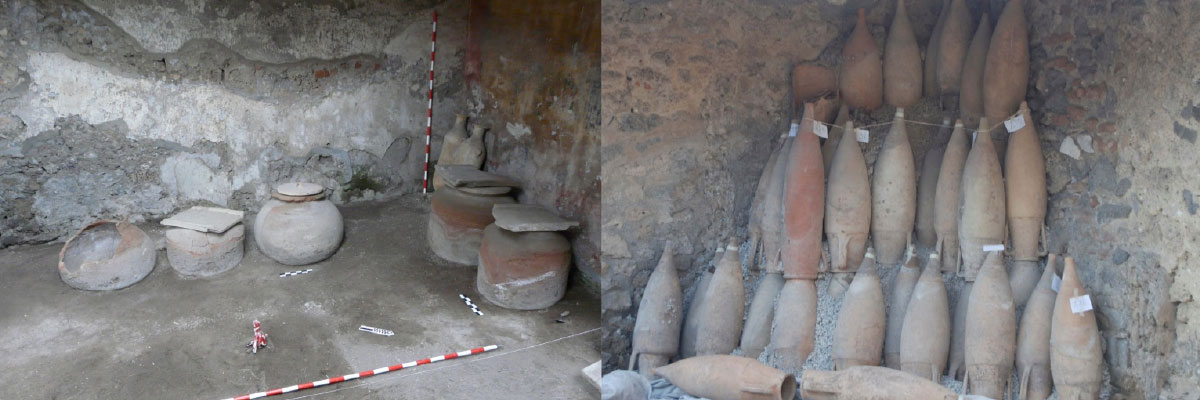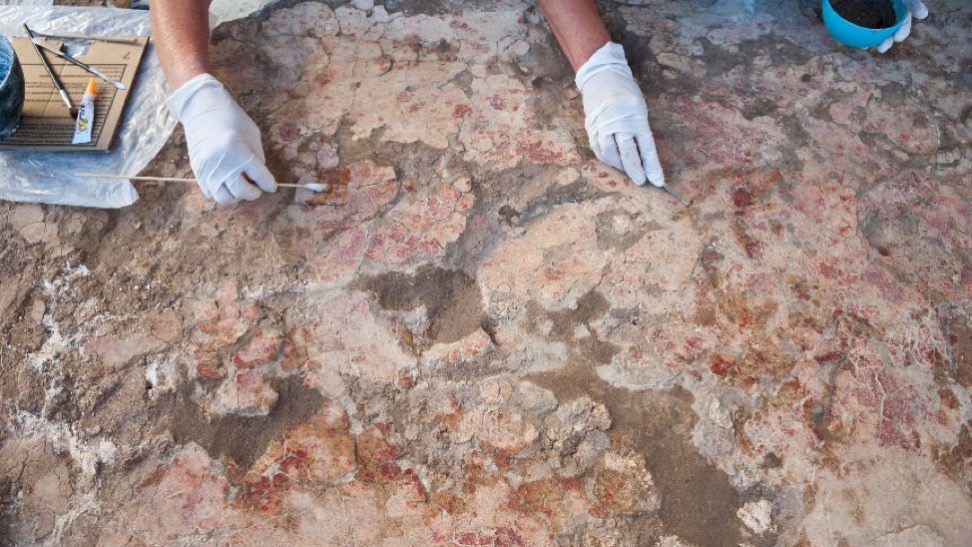
Recovering the garum. From Pompeii to Baelo Claudia
It is a study on the halieutic craftsmanship raised in key of longue durée, so that it also takes into account both the precedents of the Phoenician-Punic period and the Greek and Hellenistic heritage, of which we know especially the literary aspect through the attic comedians. Commercial, industrial and resource generation transfer with the national trademark (“flor de garum”) which has been producing and marketing “flor de garum” sauce since 2014. The remarkable culinary and nutritional potential of garum has encouraged gourmets, restaurateurs and hotel and catering businesses to use it in their kitchens. Research contracts with these companies and the University of Cadiz for the development of new food products.

Period
The Recovering Garum project focuses on the Roman period and the Central and Western Mediterranean (2nd century BC – 7th century AD), with the complementary study of the Phoenician-Punic and Greek-Hellenistic antecedents of food crafts centred on marine resources.
Institution
Universidad de Cadiz.
Web and social networks
www.uca.es
https://labap.uca.es
Twitter: @univcadiz y @CABaeloClaudia. For all the twits we usually use the hashtags #flordegarum, #BaeloClaudia, #Pompeya.
Facebook: In addition to the personal profiles of the project researchers, the dissemination of the project is usually done through the profiles of the Unit of
Scientific Culture and Innovation. University of Cadiz (@culturacientífica.uca)
You can also consult, among others, the profiles ofConjunto
Arqueológico de Baelo Claudia (@CABaeloClaudia)
Productos Majuelo (@productosmajuelo)
Archaeogastronomy (@archeogastronomia)
Instagram: c.a.baeloclaudia ; univcadiz ; archeogastronomy
Principal Investigator(s)
Darío Bernal-Casasola
Professor of Archaeology. Universidad de Cadiz. Faculty of Philosophy and Arts. Department of History, Geography and Philosophy.
Víctor Palacios Macías
Professor of Chemical Engineering. Universidad de Cadiz. Faculty of Science. Department of Chemical Engineering and Food Technology.
Ubicación
Baelo Claudia, Cádiz.
LOCATION
RESULTS
- From a training point of view, we must highlight the work as a teaching quarry in archaeology, having participated in more than 200 students of Degree, Master and Doctorate in field investigations in Spain, Italy and Morocco. Ten pre-doctoral contracts linked to R+D+i projects and various institutions have been obtained from various programs.
- In terms of socio-economic impact, the Recovering Garum project is particularly unique and relevant. A remarkable transfer has been made to the agri-food sector and to gastronomy and catering, something which is unprecedented in similar archaeological projects at a global level.
- The national product brand “flor de Garum” has been created, and at the time a spin-off company derived from it; various agreements have been made (direct and indirect sponsorship, OTRI research contracts) with the Jerez de la Frontera company Productos Majuelo S.L., currently in charge of the production, distribution and sale of garum from Pompeii.
- The development of several cultural companies in Andalusia has been promoted, especially the company Arqueogastronomía, whose activities revolve largely around the promotion of these products. This is a tangible example of the creation of wealth and the generation of economic activity from research.
- In addition, there have been 3 exhibitions with their respective catalogs, which have allowed to bring the results to tens of thousands of citizens, especially in the Baelo Claudia Archaeological Site with an influx of about 150,000 visitors per year.
The importance of garum has contributed to the development and opening up of sites to the public: in Baelo Claudia with the contents of its Museum and two of its cetariae (XI and XII); and in the Parco Archeologico di Pompeii, which is preparing for the opening of the Bottega del Garum in 2020 and its incorporation into the tour itinerary.
PICTURES
- New study suggests King Tut’s tomb artifacts are linked to mysterious Osiris ritual (Archaeology News 29/03/2025) - 10 April, 2025
- Many Medieval Manuscripts Found to Be Bound in Seal Skins from the Arctic (La Brújula Verde 09/04/2025) - 10 April, 2025
- Bronze Age cymbals unearthed in Oman reveal how music united prehistoric Persian Gulf cultures (Archaeology News 08/04/2025) - 9 April, 2025
























